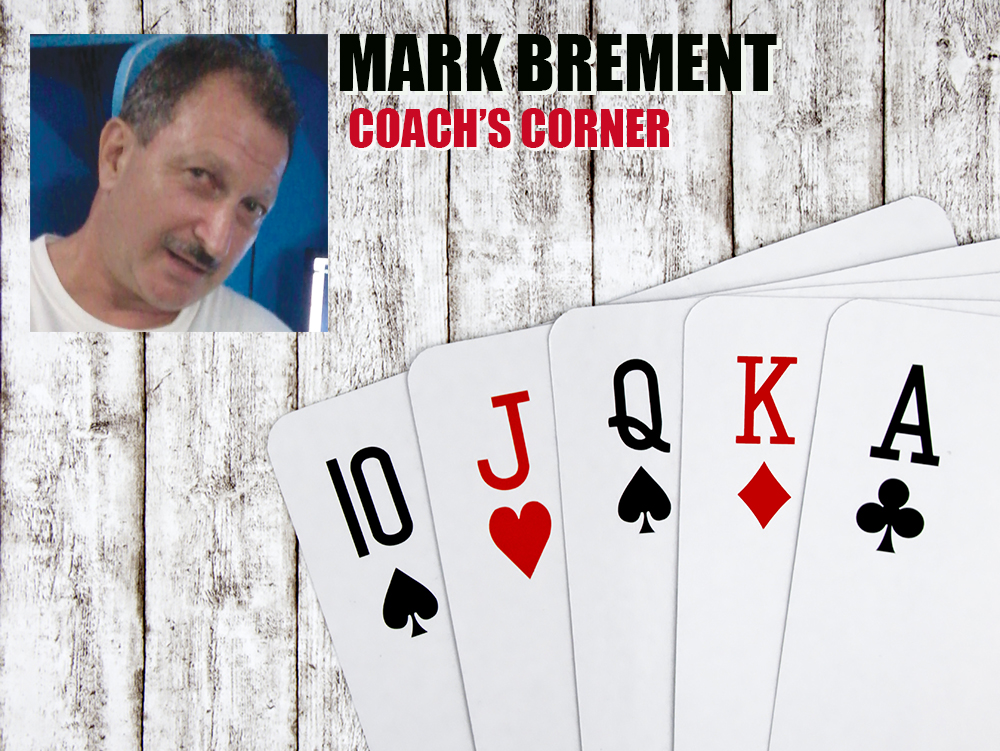When a poker player has a short stack, he is behind and must make adjustments. Certain players have a knack for handling this less-than-ideal situation because they understand what to do.
In tournaments or cash games, understanding how to effectively manage a short stack, is a talent. Let’s talk tournaments.
The general rule of thumb is if we have fewer than 10 big blinds, we’re playing a short stack. Many players fail to recognize they are in a push-or-fold mode. There are charts available to tell you exactly what to do, which range to push with and from which seat. The range will expand as your position improves.
In most events, you’re short-stacked at one point or another. The natural tendency is to tighten up and look for a premium hand. Many players must open up their push range. If you wait too long and get down to less than five big blinds, you’re just staying alive and not giving yourself a chance to get back in the running. There might be a few exceptions if you’re on the bubble.
Imagine you have pocket 10s and a player raised in front of you. You called to see the flop, expecting to push if you like it. Wrong. It’s time to push all-in. Recognize you’re in a push-fold mode, get it in and let the poker gods take care of the rest. The key is making this part of your tournament strategy. Be prepared.
Short-stack strategy in cash games is viable and one sees this strategy employed online in lower stakes with frequency. Go to AnteUpPokerRoom.com and sign up if you want some online practice. Short-stack play in live cash games might have a place in your arsenal.
In micro-stakes online, two double-ups is a great place to cash out. I’m assuming you’re trying to build a bankroll and this is an exercise. After you build to a certain goal, then you can up your game to bigger buy-ins.
I’ve always bought in for the full amount. Let’s put our ego away for a minute and re-think this. During the first round or two of play, it’s a player’s job to assess the field. If you’re in a tough game, you might want to cash out and find a juicy game. We’re playing cards to make money. A little risk management never hurts.
If we like the game, after the first 30 minutes or so, reload on the button.
When you’re playing a short-stack strategy, you’re most likely in a push-fold situation. That sounds like fun.
— Mark Brement has spent 15 years teaching and coaching all facets of poker, including at Pima CC. Email him at brementmark@gmail.com.




